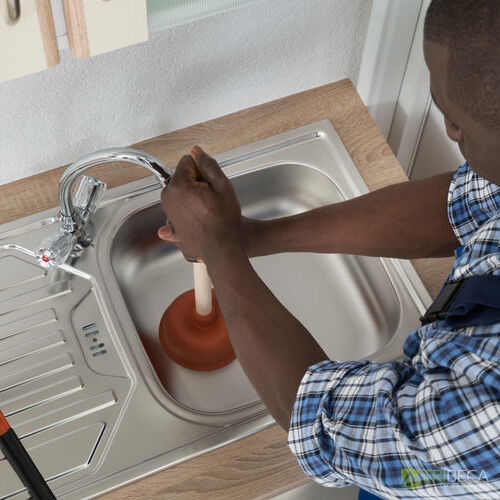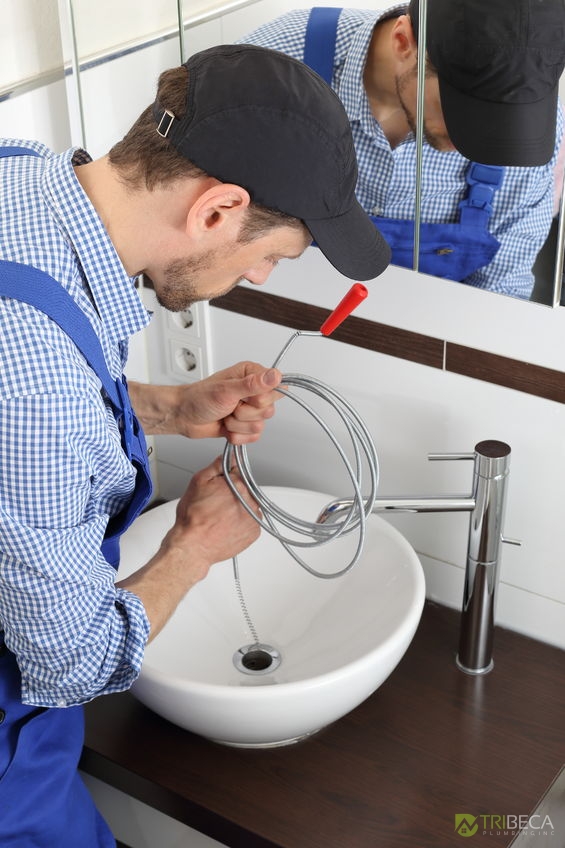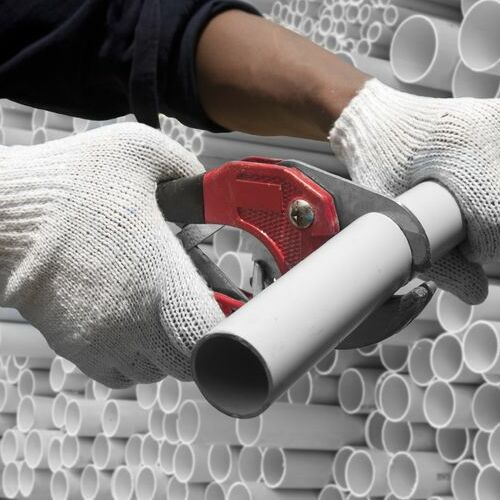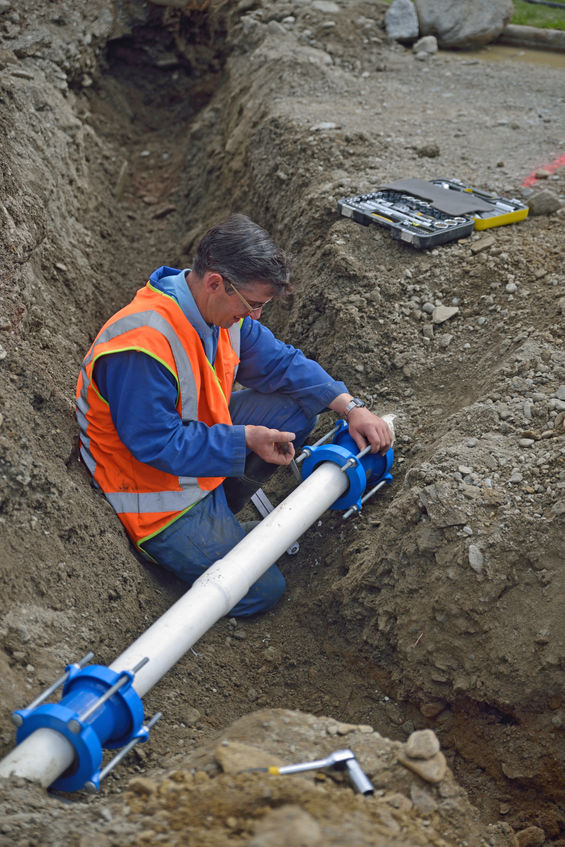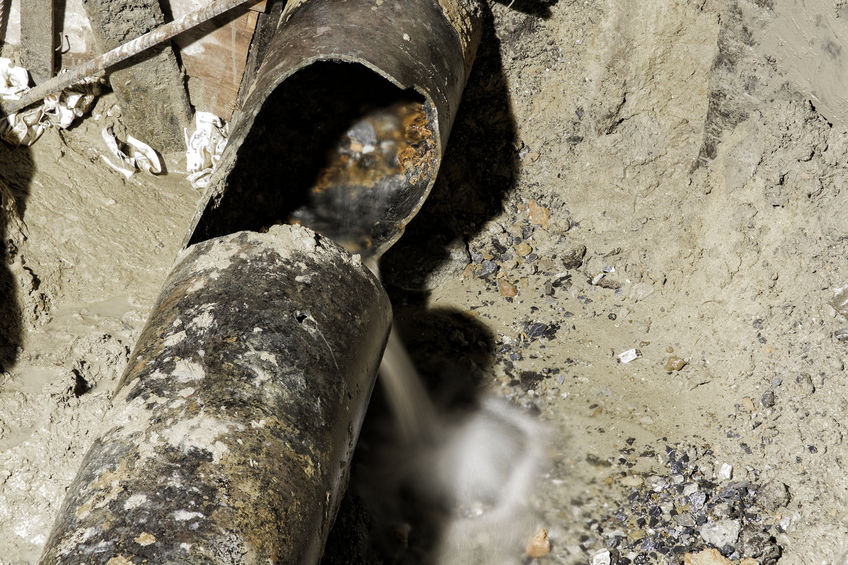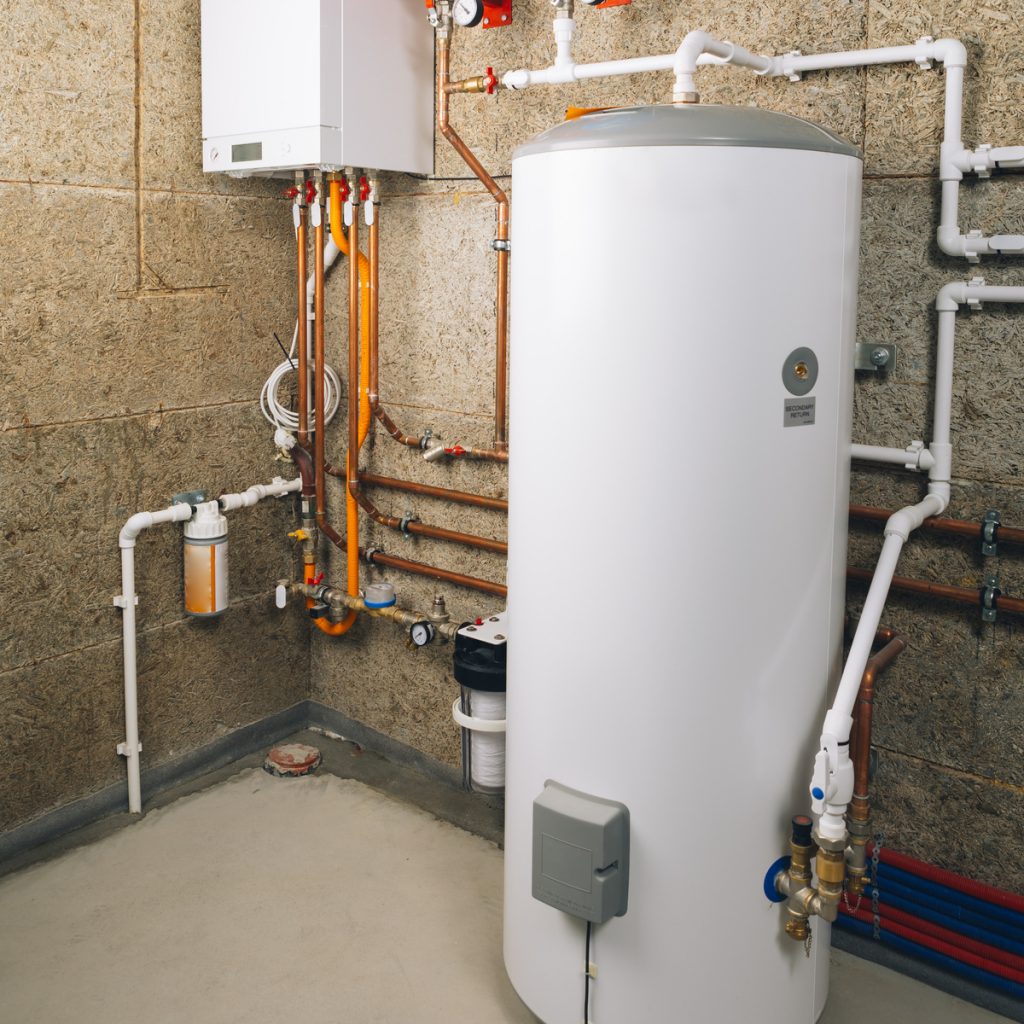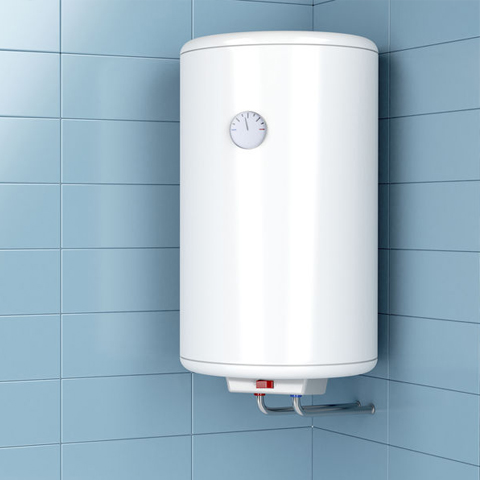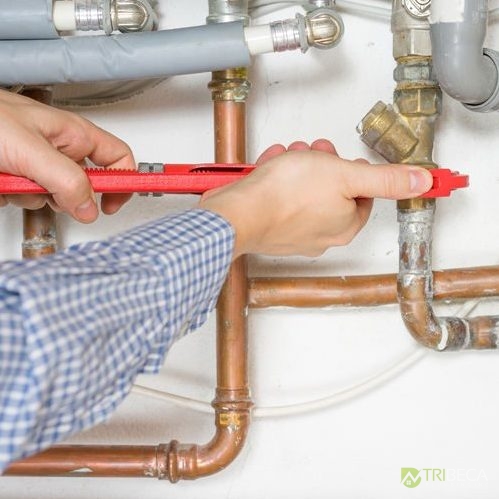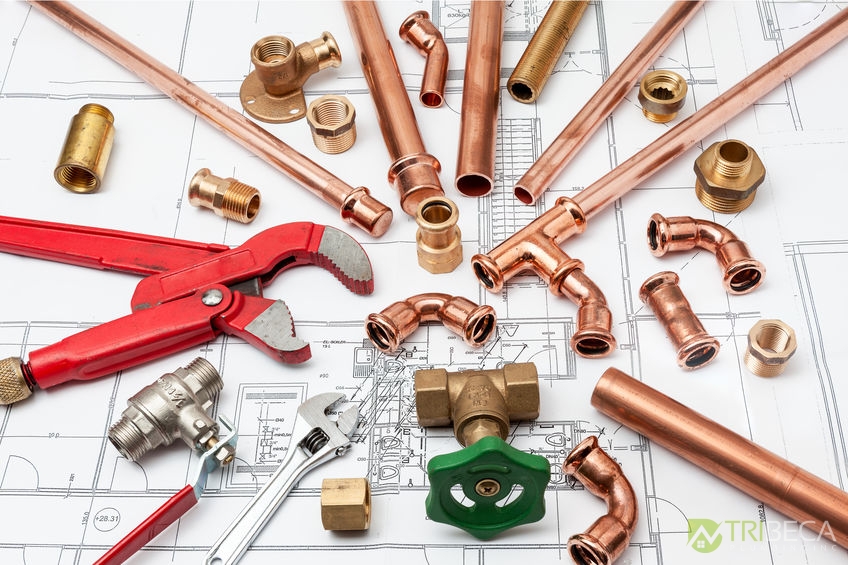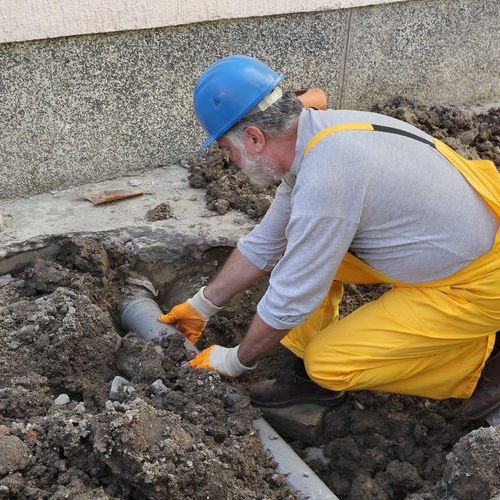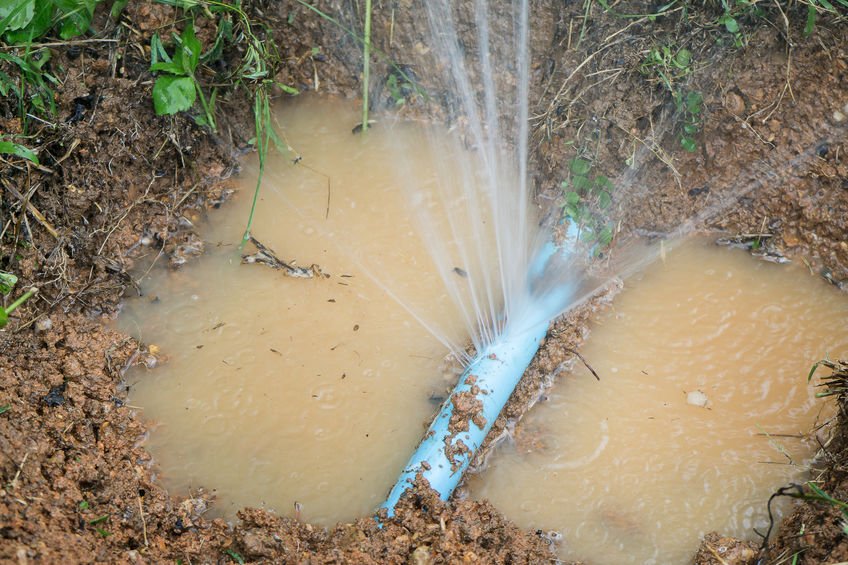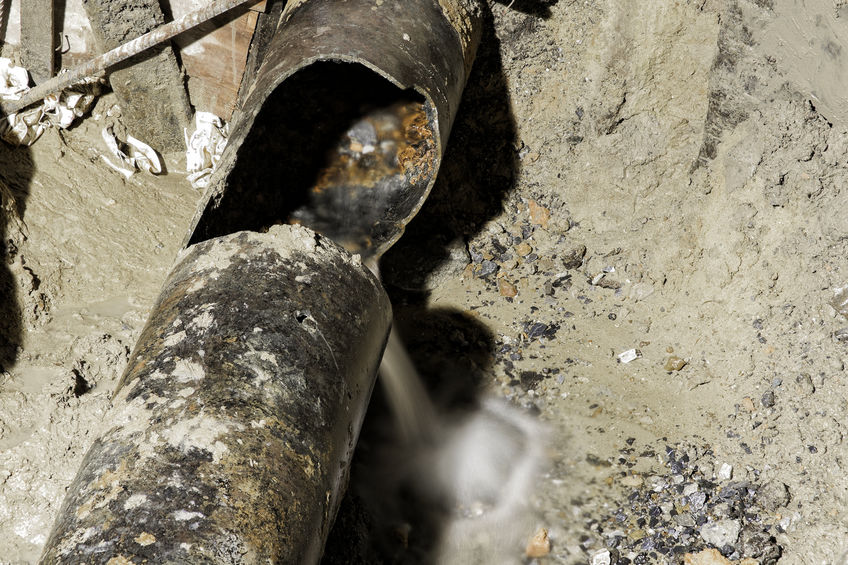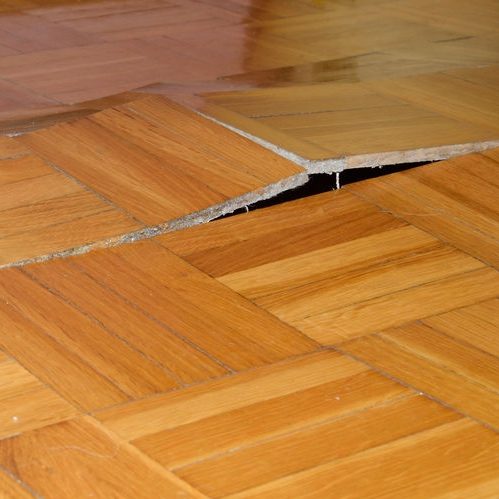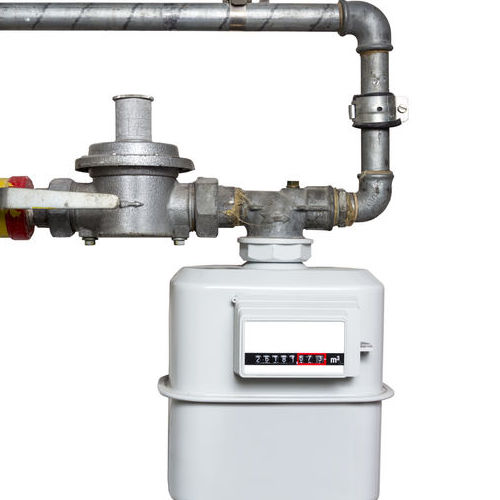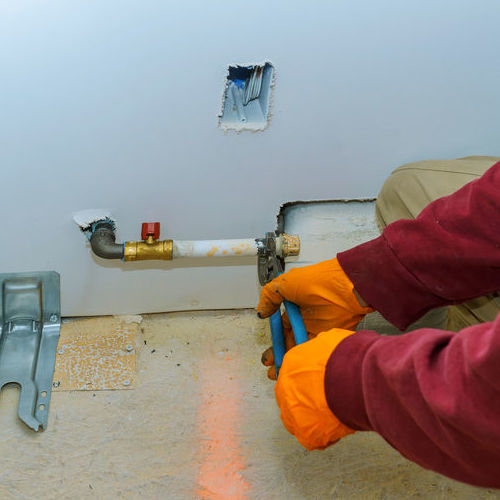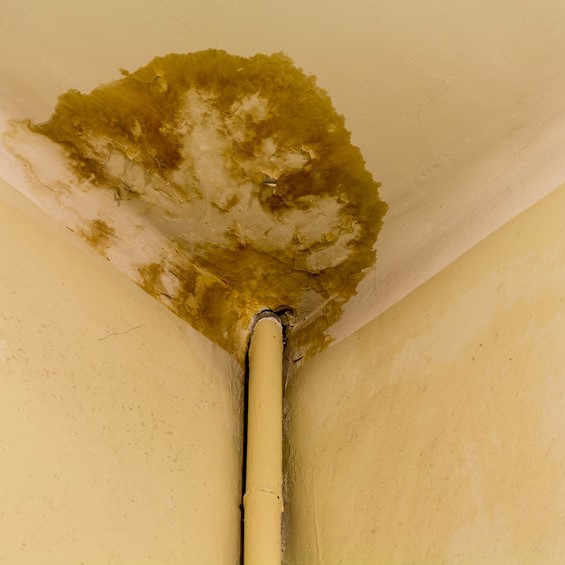
How do I know if there is a water leak in my house?
Sometimes water leaks are obvious. Sometimes they aren’t obvious, and those are the leaks that cause the most damage and cost the most money. A dripping faucet or water dripping from a pipe tell you there is a problem. It is those water leaks that are under the flooring or behind walls that you need water leak detection.
A leak detection system is a way to monitor water pipelines and detects when there is activity beyond a normal flow. When it detects any abnormal activity, it shuts the water off to the entire house. It does this by closing a valve that is within the leak detector systems that is installed at the point of entry for the water into the house.
With no type of water leak detection equipment, the following are signs of a potential water leak:
- Exceedingly exorbitant water bill
- Musty odor with mildew or mold growth
- Running water sounds when there is no water running
- Ceilings, floors, or walls sagging, water-stained
- Floor has warm spots
If you are experiencing any of these things, call a plumber that is a leak detection company, and have them come inspect your home. Not all plumbers can do leak detection and plumbing, just as not all plumbers service commercial property.
Because this can get expensive after you find the leak, you want a plumber that does both leak detection and repair. Otherwise, a leak detection company arrives, finds the leak and will either have a plumber they are connected with do the repair, or you must find your own plumber.
Is there a device to detect water leaks?
The second most homeowner insurance claim is water damage, with an average cost of $10,000 or more to re-mediate the damage and problem. Therefore, early detection is so important and why insurance companies encourage the purchase and use of leak detection equipment and water sensors.
There are several leak detection units available today, and they have proven themselves in helping to minimize water damage in homes all over the country. While this equipment is small, the sensors are mighty, keeping homes free from water damage. Before you purchase one, we offer recommendations of what to look for in a water leak detection system:
- Automatic Water Shut-Off: It would seem that any leak detection system would have automatic water shut-off, but they don’t. Without this feature, the system will alert you there is a water leak detected, but the water keeps leaking. This will make the unit more expensive to purchase, but the money it will save in the long run could be greater.
- Freezing Temperature Monitoring: Again, to us, this seems like it should be the standard part of a leak detection system, but it isn’t on all of them. If your home is in the norther part of the country where temperatures get below freezing for several days and nights at a time, this feature will warn you that your pipes are freezing. This allows you time to take action to keep the water flowing in the pipes before it freezes.
- Mobile App: A water leak detection system will not do you much good if you’re not home. You need to know when there is a water leak, when you’re sitting in the living room or when you’re across the country on business.
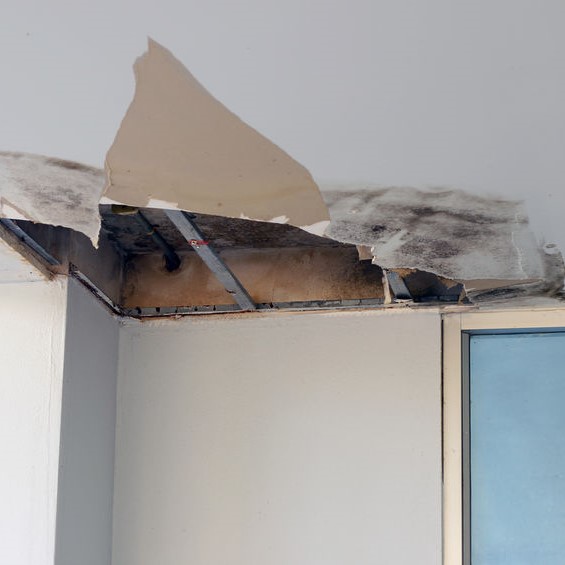
How do plumbers detect leaks?
The smallest pinhole water leak can destroy drywall and cause major damage. Besides that, your water bill goes up. A professional plumber can perform leak detection in any of the following ways:
- Acoustic Device: With these ground microphones, plumbers can pinpoint a leak when they hear the water escaping, even if it is within concrete.
- Heat Scanner Device: If there is too much other noise around the area where a plumber is performing leak detection service, they have heat scanners that will show where water is escaping by the change in the temperature showing.
- Video Inspection: To get a precise leak detection, a plumber can use a miniature camera that is mounted on a long fiber optic cable. A monitor will receive a relay from the camera that indicates where water is leaking, and it shows them how severe the leak they need to repair.
What could cause a water leak?
Here are eight potential water leaks that leak detection installed in your home can stop from causing any damage:
- Seals Broken: There are seals with every appliance that uses water. After some time, those seals dry out or wear out and a leak will begin. When your appliances were installed, the contractor put seals around all water connectors.
- Lines Clogged: When drains become clogged, it can cause busted pipes or overflowing drains. This can be in a bathroom, the kitchen at the water heater, and in your HVAC system.
- Corroded Lines: Plumbing lines become corroded over time and after long enough, that corrosion eats away at the pipes, even creating holes.
- Pipe Joints Damaged: Joint connections are the weakest part of plumbing. Over time, the seals in those joint and the pipe joints deteriorate and leak.
- Excessive Water Pressure: If you are experiencing frequent water pipe breaks, check the water pressure at the meter. You can turn it down without affecting the pressure in the house but enough to stop water leak detection.
- Tree Roots: Tree roots are the most common culprit when a plumber performs water leak detection.
- Loose Connectors: As the ground shifts, houses will shift, and water hoses and water pipes will shift, sometimes coming loose from appliances. This is typical with the washing machine because of the agitating and spinning cycles vibrate the machine and work the connections loose.
- Rapid Change In Temperature: When the temperature makes rapid and/or unexpected extreme changes, the pipes will contract and expand and contract until they crack.
Just how common are water leaks? Water leak detection is frequently found in home from plumbing fittings and fixtures and the water pipes. On average, a home loses up to seventeen gallons of water daily from water leaks. Call (214) 402-5454 today for your leak detection needs in Dallas, TX.

